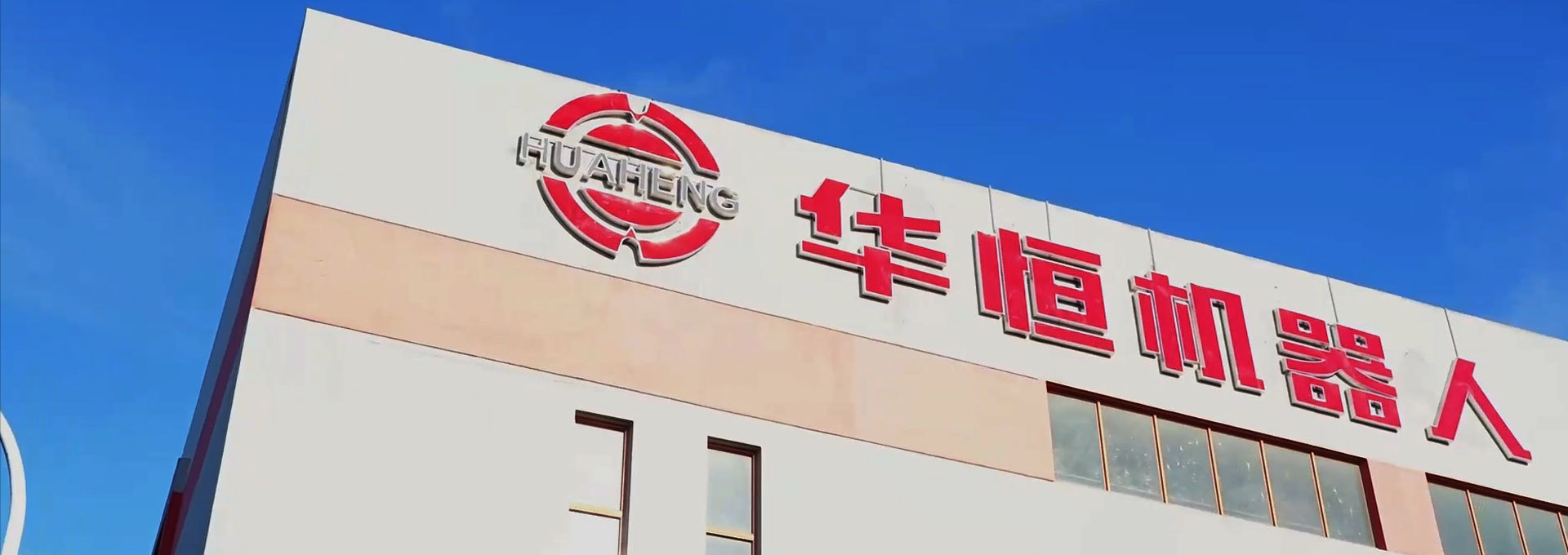Revolutionizing Industries with Robotic Welding Systems
Release time:
2025-04-01
The Rise of Automation in Welding
Well, well, well! If you haven’t heard about the latest buzz in the manufacturing sector, buckle up. The advent of robotic welding systems is changing the game, and boy, is it a sight to behold! Gone are the days of manual labor that took a toll on both time and precision. Instead, companies are embracing technology that offers speed, consistency, and an impressive reduction in human error. So, what’s all the fuss really about?
What is a Robotic Welding System?
In simple terms, a robotic welding system is a machine or set of machines that automate the welding process. These systems utilize programmable robots to perform welding tasks with pinpoint accuracy. Imagine having a skilled welder who never tires, never takes a coffee break, and always delivers top-notch results. Sounds dreamy, right?
Benefits Galore!
When it comes to benefits, the list is as long as your arm! Here are some standout advantages:
- Consistency and Quality: Robotic welding systems deliver uniform results every single time. This means fewer defects and reworks. Talk about a win-win!
- Increased Production Speed: These systems can work around the clock, boosting production rates and meeting tight deadlines like a pro.
- Cost-Effective: While the initial investment might seem steep, the long-term savings on labor and material costs can be substantial.
- Enhanced Safety: With robots handling the dangerous parts of welding, human workers can focus on more strategic tasks without the risks associated with high-temperature environments.
Applications Across Industries
Let’s dive into how different sectors are leveraging robotic welding systems:
Automotive Industry
In the automotive world, precision is key. Robotic welding systems are employed to assemble various components of vehicles, from chassis to body parts. The speed and accuracy of these systems not only enhance production but also improve safety standards in cars.
Aerospace Sector
When it comes to aerospace, any miscalculation can lead to catastrophic results. Robotic welding systems are used to fabricate parts with exact specifications, ensuring that every component meets the strict safety regulations of the industry.
Construction
In construction, robotic welding systems are gaining traction for fabricating steel structures. The ability to produce complex designs with intricate details makes these robots invaluable on modern job sites.
Challenges and Considerations
Of course, it’s not all sunshine and rainbows. Implementing a robotic welding system comes with its own set of challenges:
- High Initial Costs: The upfront investment can be daunting for smaller businesses. However, financing options and leasing agreements can help ease this burden.
- Training Needs: Workers need to be trained to operate and maintain these systems. The learning curve can be steep, but it pays off in the long run.
- Flexibility: While robots excel at repetitive tasks, they can struggle with tasks that require adaptability. Companies must ensure their systems can handle a range of projects.
The Future is Bright
As we look ahead, the future of robotic welding systems is promising. With advancements in AI and machine learning, these systems are becoming smarter and more efficient. The potential for integration with IoT (Internet of Things) could lead to even greater innovations in the field. Can you imagine having a welding system that learns and adapts to new tasks on its own? Now, that would be something!
Conclusion
In a nutshell, the incorporation of robotic welding systems is a game-changer for industries across the board. They enhance productivity, ensure quality, and create safer work environments. So, whether you’re in automotive, aerospace, or construction, hopping on the robotic welding train might just be your next best move. After all, who wouldn’t want to stay ahead in this fast-paced world?
Latest News
Xuzhou Huaheng Robotics Co., Ltd.
Phone: 0086-516-66882288
Kunshan Huaheng Robotics Co., Ltd.
Phone: 0086-512-87880678

Focus on Robot Division

Huaheng mobile phone terminal

Huaheng Company Public Number
Copyright © 2024 Xuzhou Huaheng Robotics Co., Ltd. All Rights Reserved


